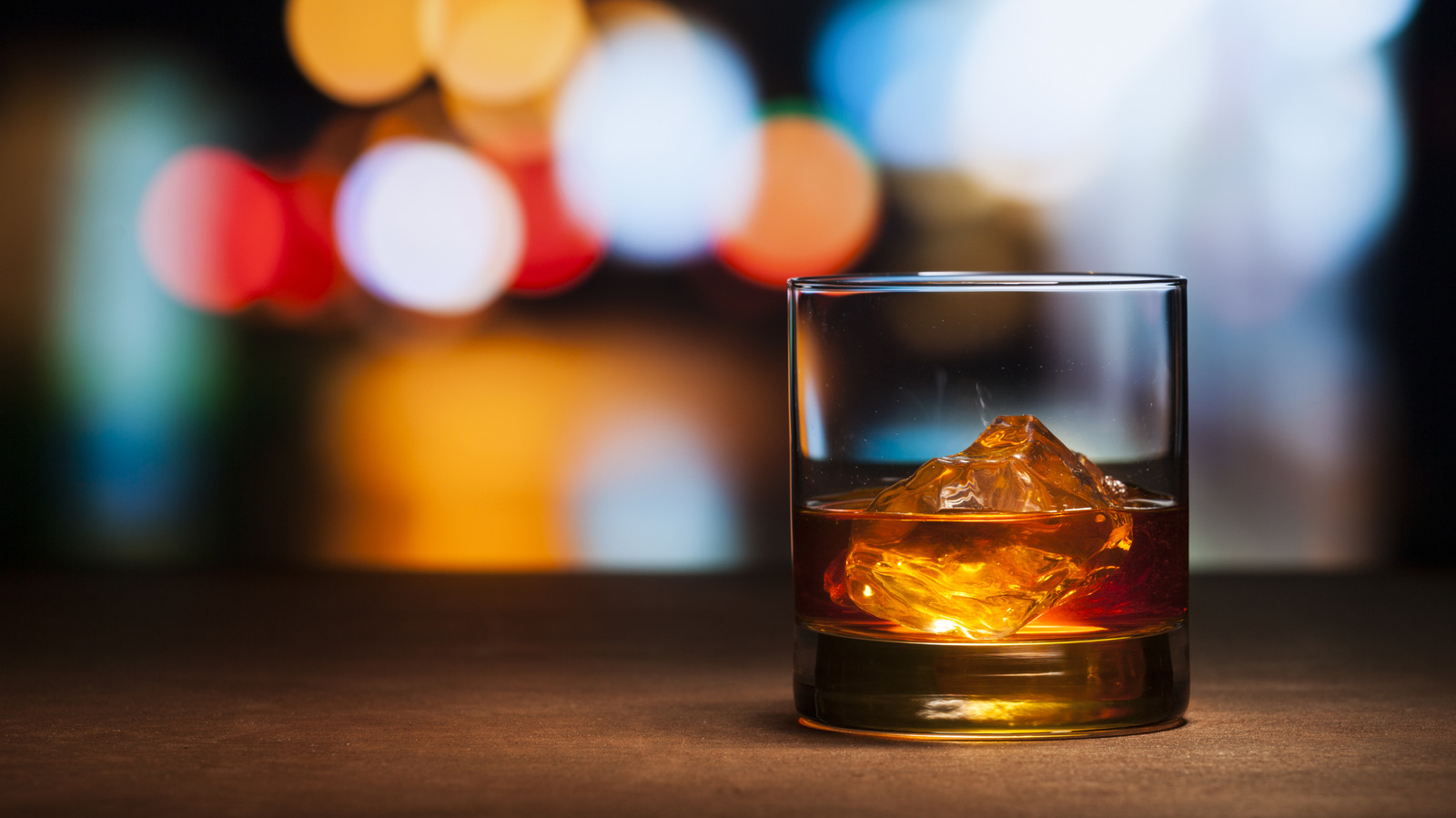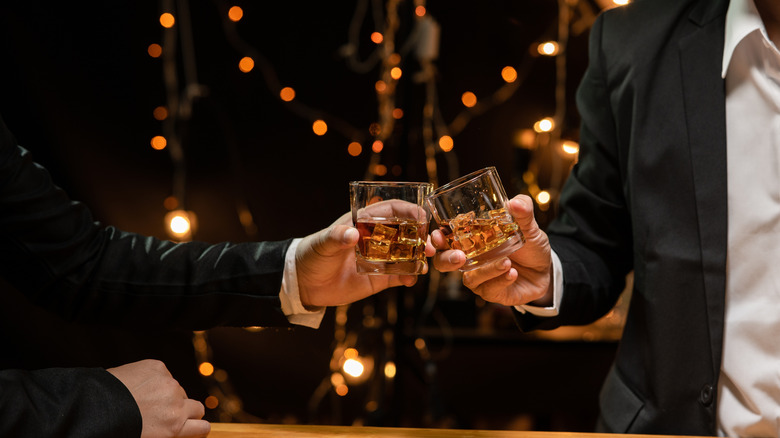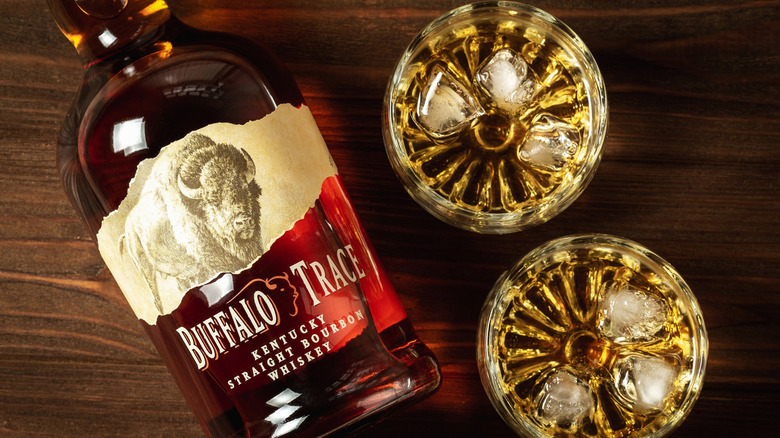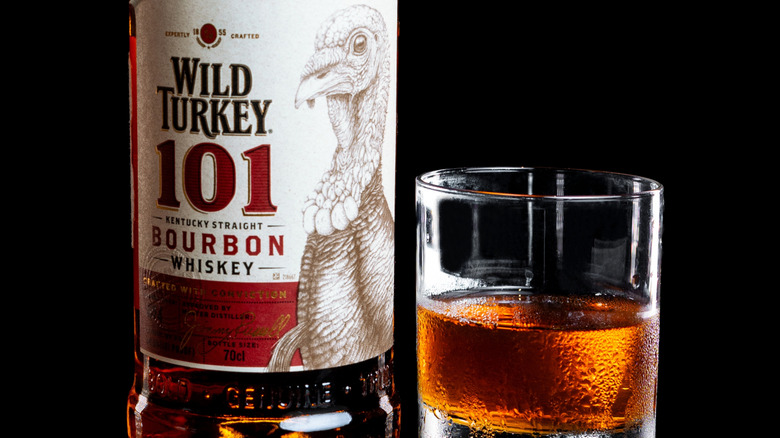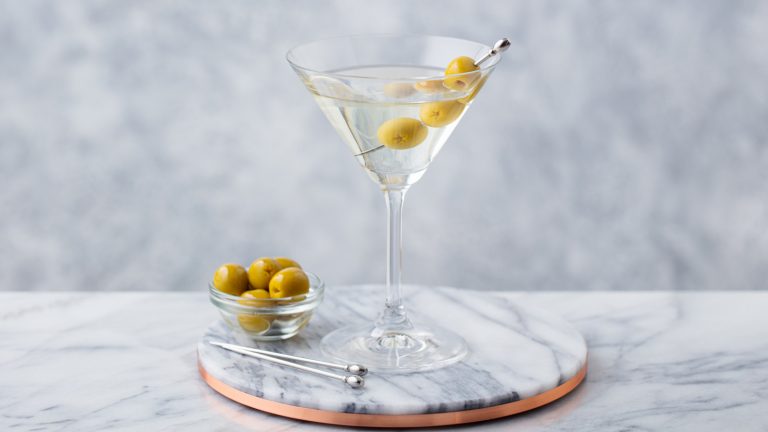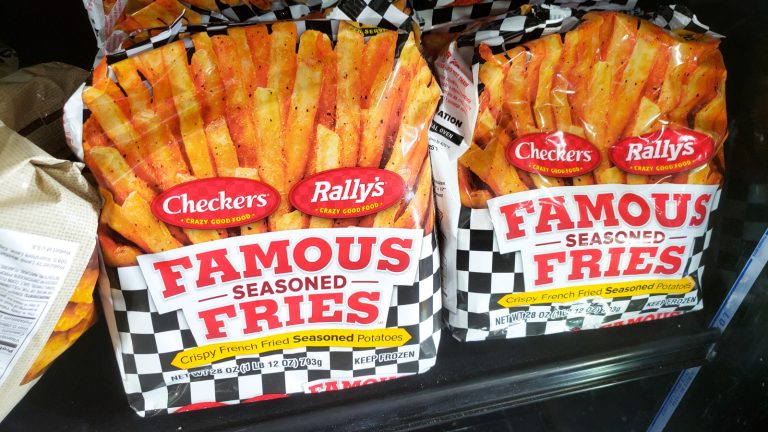The last decade has seen the bourbon industry boom, with sales of the drink hitting a record-setting pace in 2024. A seemingly insatiable demand for bourbon, plus various outside forces such as the pandemic, supply chain issues, and tariffs, a longstanding and ever-increasing shortage of barrels, has slowly but surely added to bottom-line prices for the beloved spirit. That means now, more than ever, you need to know your stuff and know exactly how to choose and how much you should spend on bourbon, given the situation, company, or cocktail you want to enjoy.
As with any alcoholic offering, a wide variety of bourbon whiskey can suit anyone’s needs, from bottom-shelf hidden treasures to bottles worth splurging on for a special occasion. Naturally, the price points can vary from a manageable $25 to hundreds of dollars if you want to break the bank. So let’s dive into a more nuanced dissection of how much you should spend on bourbon for any occasion.
how much to spend on a bourbon splurge
If you have some cash to spend and want to buy some top-shelf bourbon to sip on with a special guest, you don’t have to wait in line for hours to get your hands on some Pappy Van Winkle or spend a bundle in the secondary market. There are several top-shelf bourbons worth spending over $100 on, especially if you’re here to take a few sips and discuss flavor profiles after a clink of the glass with friends.
Coming out of the Buffalo Trace distillery, E.H. Taylor’s small batch runs for about $60-$200, depending on where you purchase it, but it has everything you could want in a top-shelf sipper with delicious, caramel-y notes, easy drinkability, and at 100 proof, not too much burn. If you pull it out for a special occasion, you can educate your guests on the history around the bottle, with Edmund Haynes Taylor Jr. being one of the godfathers of the bourbon industry, and how this bourbon is aged in the same 100-year-old warehouses Taylor built back in the day.
Another expensive but not insanely costly choice is the Woodford Reserve Double Double Oaked release, which is aged in one barrel for about five to seven years and then finished in a second, toasted barrel. It’s dialed in at 90.4 proof, much like most of Woodford Reserve’s releases, which means it’s dependable and a dangerously delicious sipper for a veteran whiskey drinker or a newcomer.
How much to spend on bourbon to get the best bang for your buck
Accumulating even a modest bourbon collection means finding great bottles for decent prices. Even though the secondary markets have elevated prices, keeping an eye out for a great bottle, making acquaintances with the local shop owner, or getting on a preorder list could land you some whiskey for $30-40 that can go for triple or more on the secondary market. One of the best would be another from Buffalo Trace: W.L. Weller Special Reserve bourbon.
Just a few years ago, liquor stores with a decent allocation would sell this seven-year aged Weller for around $30, and now you’re lucky if you can find it in stock for $50, with some secondary sellers flipping bottles for over $100. If you find that $30-$60 price point to be where you want to land, you can stay within the Buffalo Trace family and pick up a bottle of Buffalo Trace’s entry-level bourbon, aptly named Buffalo Trace Kentucky Straight Bourbon Whiskey. It’s not too far off from Weller’s flavor profile. At 125 proof, you’re definitely getting something that’s fine to sip on or mix into a cocktail.
Right alongside Buffalo Trace is another dependable, high-quality pick around the $40 mark: Four Roses Small Batch. You can find this pick at almost any liquor store or Costco, so it’s great for all occasions. It can be sipped around a campfire, mixed into a cocktail, or used in a baking recipe.
How much to spend for the cheapest drinkable whiskey
If you’re raging against the bourbon market and are standing firm on your price point for your bourbon needs, “cheap” doesn’t always mean “bad” at all. Wild Turkey 101 has been the go-to for bourbon enthusiasts on a budget for years, and that bottle still holds strong at an average price of around $25. At 101 proof, it’s ideal for mixing into a cocktail, but can be sipped on depending on your palate or if you want to add some water or ice. It’s also great for cooking, used in this author’s annual holiday candied nuts recipe.
If you want to go even cheaper, Very Old Barton is the ultimate entry-level bourbon that can still be found for $20 or under today. It’s a Kentucky straight bourbon aged about four years (so not that “very old”) that’s 100 proof but surprisingly smooth for the price point. Another perfect bourbon for cocktail lovers or for someone who wants to liven up their recipes that call for the caramel-forward flavors of whiskey.
So, how can such a nuanced bourbon buyer’s guide be wrapped up? Ultimately, you’re the final decision maker on what price point you’re comfortable with. If rarity, prestige, and lineage matter, you’ll probably pay $60 and up. Maybe even in the hundreds or thousands of dollars. But realistically, if you want a great top-shelf bourbon, you can find one for somewhere between $50 and $100, depending on where you get it. For cooking and cocktails, you definitely don’t want a low-quality bourbon, and not all cheap bourbons are made equally, but you can absolutely find some great bottles for $30 and under that will have you coming back for a second pour.


